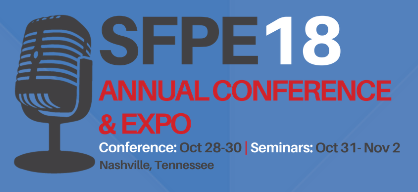
Questo evento annuale, che si terrà a Nashville (Tennessee), è ritenuto la fonte principale delle ultime informazioni tecniche sui problemi di ingegneria antincendio e tendenze emergenti, casi di studio, ricerca, codici e standard.
Per maggiori informazioni clicca qui
|
||||||||||||||||
Most of the current understanding of building behavior in fire is based on the adoption of the standard and parametric temperature-time fire curves. However, these design fires are based on small scale tests and idealize the thermal environment. Thus, they have important limitations on their applicability to large enclosures. Instead, in large open-plan compartments travelling fires have been observed. To account for such fires, a design tool called Travelling Fires Methodology (TFM) has been developed and used for design. The methodology has already been used in the design of 42+ iconic buildings in the UK. In this study structural response of a two-dimensional 10-story 5-bay steel frame exposed to travelling fires and traditional design fires is investigated. Results indicate that, depending on the structural metric examined, both travelling fires and uniform fires can be more severe than the other. Thus, a single worst case fire scenario under which a structure could be designed and deemed to be safe cannot be established. Therefore, in order to ensure a safe fire resistance design of buildings with large enclosures, a range of different fires including both travelling fires and uniform fires need to be considered.